In the ever-evolving world of digital marketing, cold emails remain a powerful tool for reaching out to potential customers and nurturing relationships. But the secret to unlocking the full potential of cold emails lies in understanding and optimizing open rates.
Are you ready to delve into the mystery of cold email open rates in 2024 and learn the strategies that can make or break your campaigns? Fasten your seatbelts, because we’re about to uncover the secrets that will help you win the cold email game.
Key Takeaways
- Understanding cold email open rates is essential for optimizing success in 2024.
- Crafting personalized, compelling subject lines leads to higher open rates and can be done with the recipient’s name, industry or shared interests.
- Strategies such as personalizing content, optimizing send times & days and using warmup tools help increase cold email open rates while avoiding common challenges like spam filters & bounce rate management.
Understanding Cold Email Open Rates in 2024

Cold email open rates are a key performance indicator for your email campaigns. They provide insights into how well your emails are engaging the audience and ultimately, the success of your outreach efforts. But what exactly is a cold email open rate, and how can you maximize it?
Let’s demystify this important metric.
What is a cold email open rate?

A cold email open rate is the percentage of emails opened by recipients out of the total number of emails sent. It’s a significant measure of your campaign’s performance, as it reflects how well your emails are capturing the recipient’s attention and sparking their interest. On average, cold email open rates hover around 23.9%, which might sound low, but it serves as a starting point to improve your campaigns.
Calculating your cold email open rate is relatively simple. Just divide the number of emails opened by the total number of emails sent, and then multiply the result by 100 to get a percentage. For example, if you sent 200 cold emails and 40 were opened, your open rate would be 40/200 * 100 = 20%. Comprehending your open rate enables you to highlight areas of improvement and make strategic choices to optimize your email campaigns.
Factors affecting cold email open rates
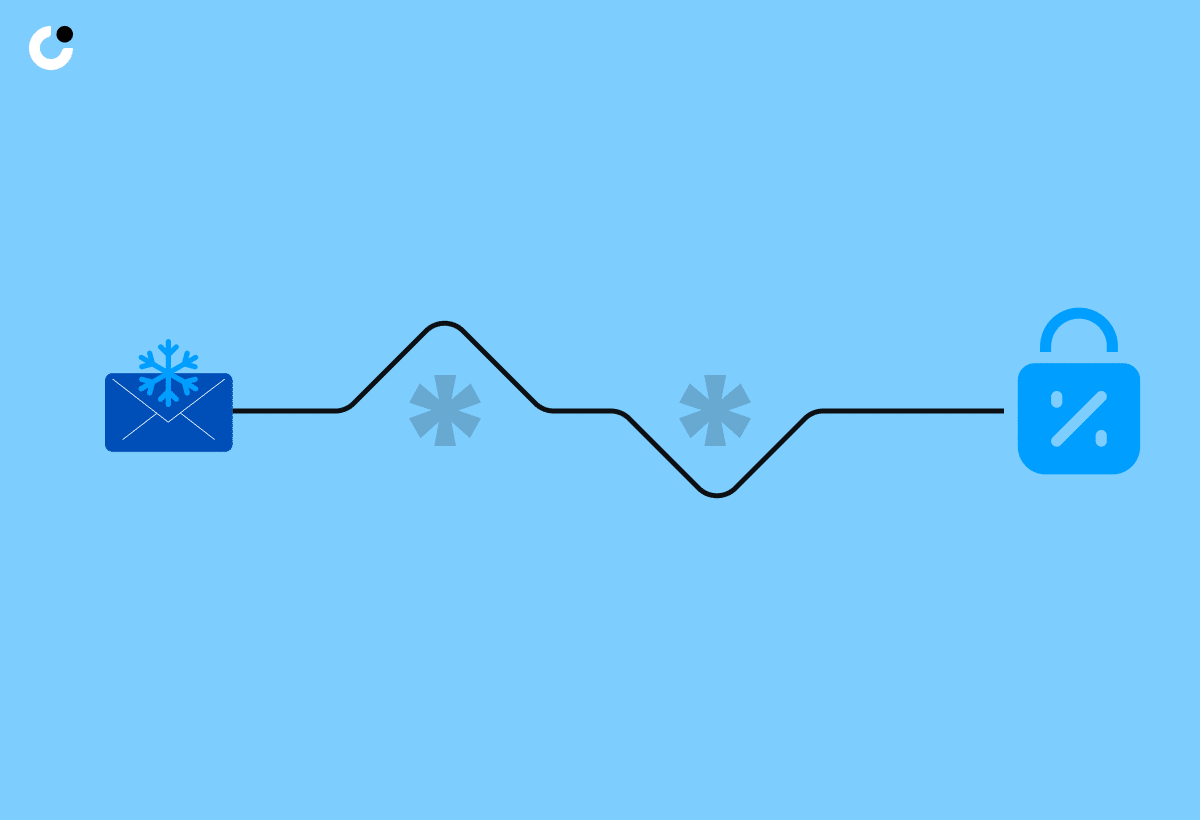
Several factors can influence your cold email open rates. The most critical factor is the subject line. It’s the first thing your recipient sees, and it can make the difference between your email being opened or ignored. In fact, studies have shown that emails with personalized subject lines have an average open rate that is 20% higher. Additionally, the content of your email and the level of personalization also play a significant role in determining open rates.
Timing is another crucial factor that can impact your open rates. Research suggests that Tuesdays and Thursdays are the most effective days for sending cold emails, while the optimal time is between 8-9 a.m. or 6 a.m. and 9-10 a.m.. Choosing the right send times and days strategically can enhance your open rates and overall campaign effectiveness.
Cold Email Subject Lines: The Key to Higher Open Rates

The subject line is the gatekeeper of your cold email, responsible for enticing recipients to open your message. Crafting the perfect subject line is both an art and a science, and getting it right can significantly increase your open rates.
This section delves into:
- The significance of personalized subject lines
- Common mistakes to avoid
- Best practices for crafting compelling subject lines that grab the attention of your recipients.
Importance of personalized subject lines
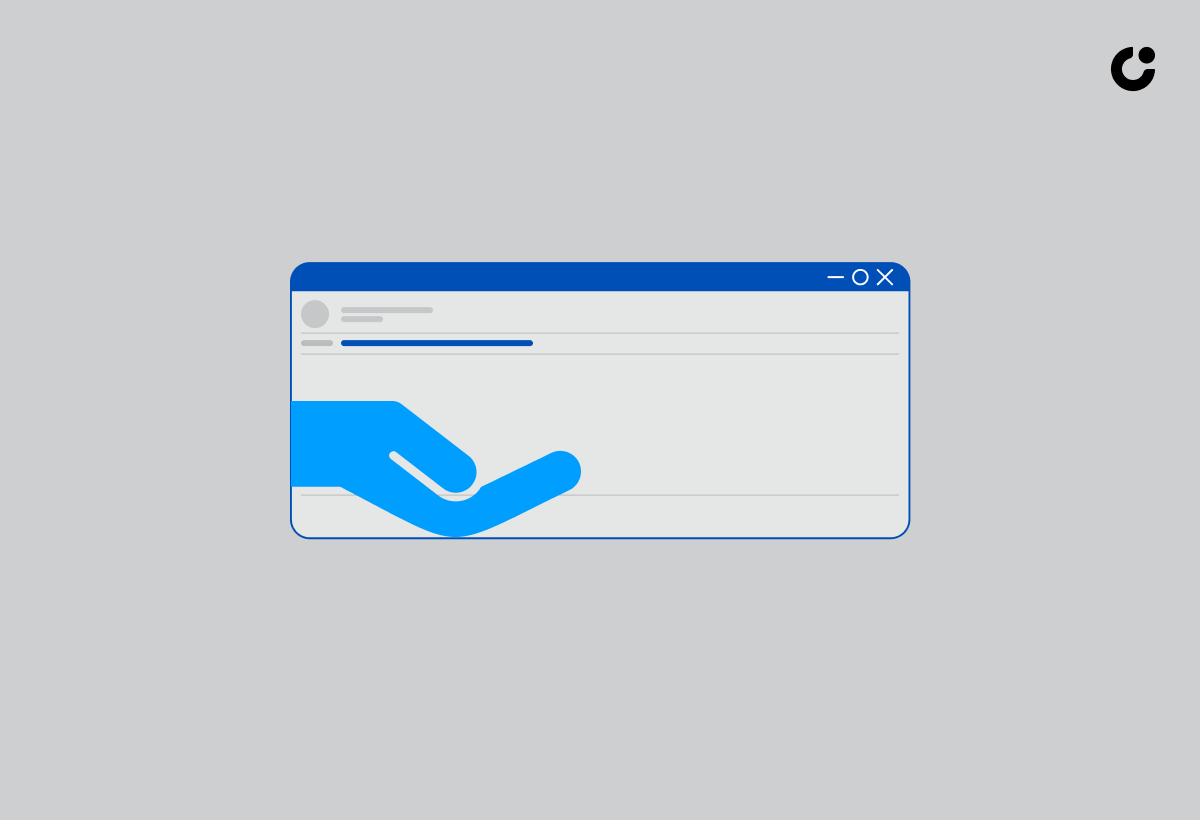
Personalized subject lines hold immense power in boosting your open rates. Research indicates that personalized subject lines can lead to a 50% increase in open rates. Adding personal touches like the recipient’s name, their organization, or a mutual acquaintance can make your email stand out in a crowded inbox and enhance the chances of it being opened.
Aside from using the recipient’s name, you can also personalize subject lines by referencing their industry, a recent news article about their company, or even a shared interest. The key is to make the recipient feel like the email was crafted specifically for them, which can lead to higher engagement and ultimately, a higher open rate as email recipients decide whether to open or ignore the message based on the subject line.
Common mistakes to avoid in cold email subject lines
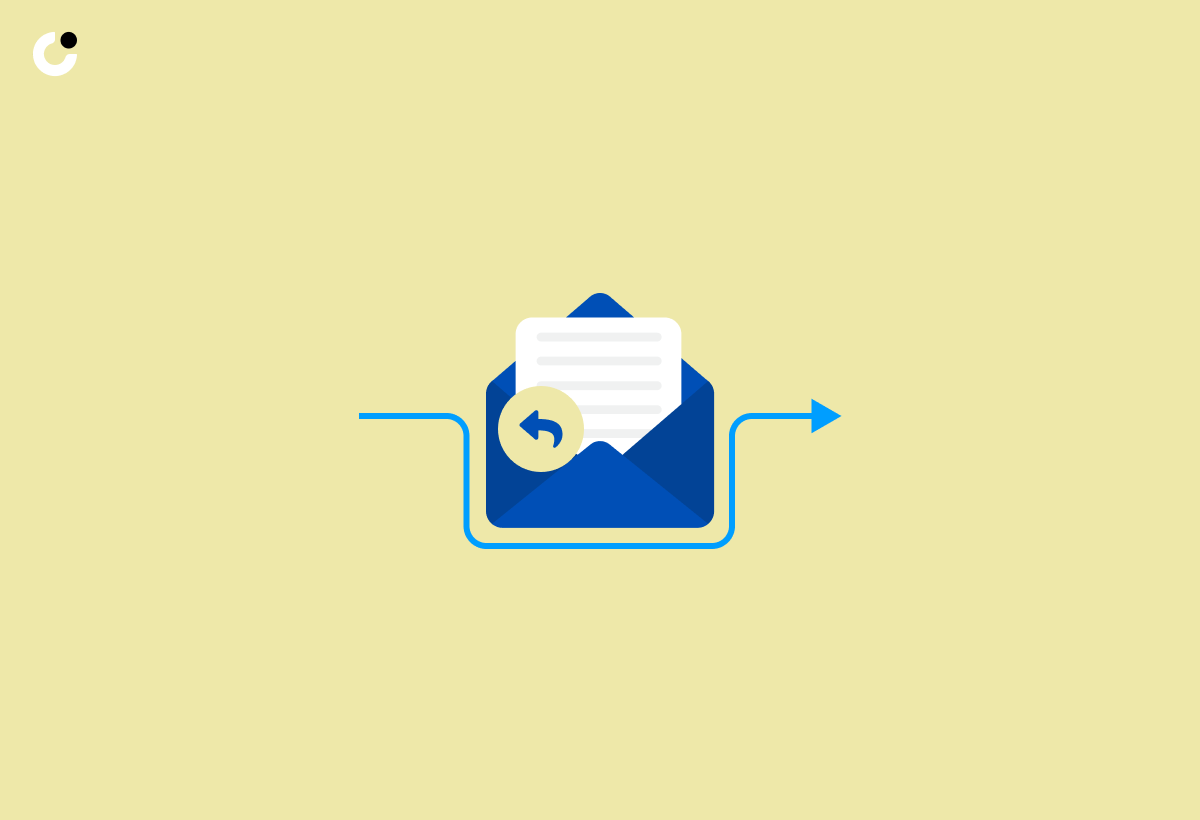
While formulating the perfect subject line is crucial, it’s equally important to avoid common pitfalls that can harm your open rates. One such mistake is using generic language or spammy words, which can make your email appear less interesting and even land it in the spam folder. Instead, focus on using clear, specific language that piques the recipient’s curiosity and clearly conveys the email’s purpose.
Another common mistake is creating overly long subject lines. Research has shown that subject lines of 16 characters or less are more likely to be opened. However, keep in mind that email providers typically cut off subject lines at 60 characters, so aim to create a concise and attention-grabbing subject line within this range.
Best practices for crafting compelling subject lines

Armed with the knowledge of what to avoid, let’s delve into crafting subject lines that can enhance your open rates. First, keep your subject lines short and sweet. As mentioned earlier, subject lines with 16 characters or less are more likely to be opened. Make every word count, and focus on conveying the most important information in as few words as possible.
Next, use action words and clear language to create a sense of urgency and persuade the recipient to open the email. Additionally, don’t shy away from using emojis, numbers, or questions to make your subject line stand out. The key is to strike a balance between creativity and clarity, ensuring that your subject line is both engaging and informative.
Analyzing Cold Email Statistics and Trends in 2024

As the digital landscape evolves, staying updated with the latest cold email statistics and trends becomes increasingly important to modify your strategies effectively. This section examines key data points like average open rates across industries, response rates, and the impact of follow-ups, providing you with valuable insights to optimize your cold email campaigns in 2024.
Average open rates across industries
Keep in mind, average open rates can significantly differ across various industries. For instance:
- B2B cold emails have an average open rate of around 44%
- Software industry has an average open rate of 30%
- Healthcare industry has an average open rate of 25%
- Real estate industry has an average open rate of 20%
Other industries may also have varying open rates.
Recognizing these industry-specific benchmarks assists in setting achievable goals for your cold email campaigns and modifying your strategies effectively. However, it’s essential to remember that these are just averages, and your own open rates may differ based on factors such as your target audience, email content, and subject lines.
Response rates and click-through rates

In addition to open rates, response rates and click-through rates are important metrics to consider when evaluating the success of your cold email campaigns. The typical response rate for cold emails is 8.5%, while click-through rates provide insight into how engaged recipients are with the content of your email and the effectiveness of your call-to-action.
Monitoring these metrics allows for the identification of improvement areas in your email content and targeting, ultimately increasing engagement and driving higher conversions. Remember that every industry is different, and your specific response and click-through rates may vary based on factors such as your audience and email content.
Impact of follow-ups on open rates
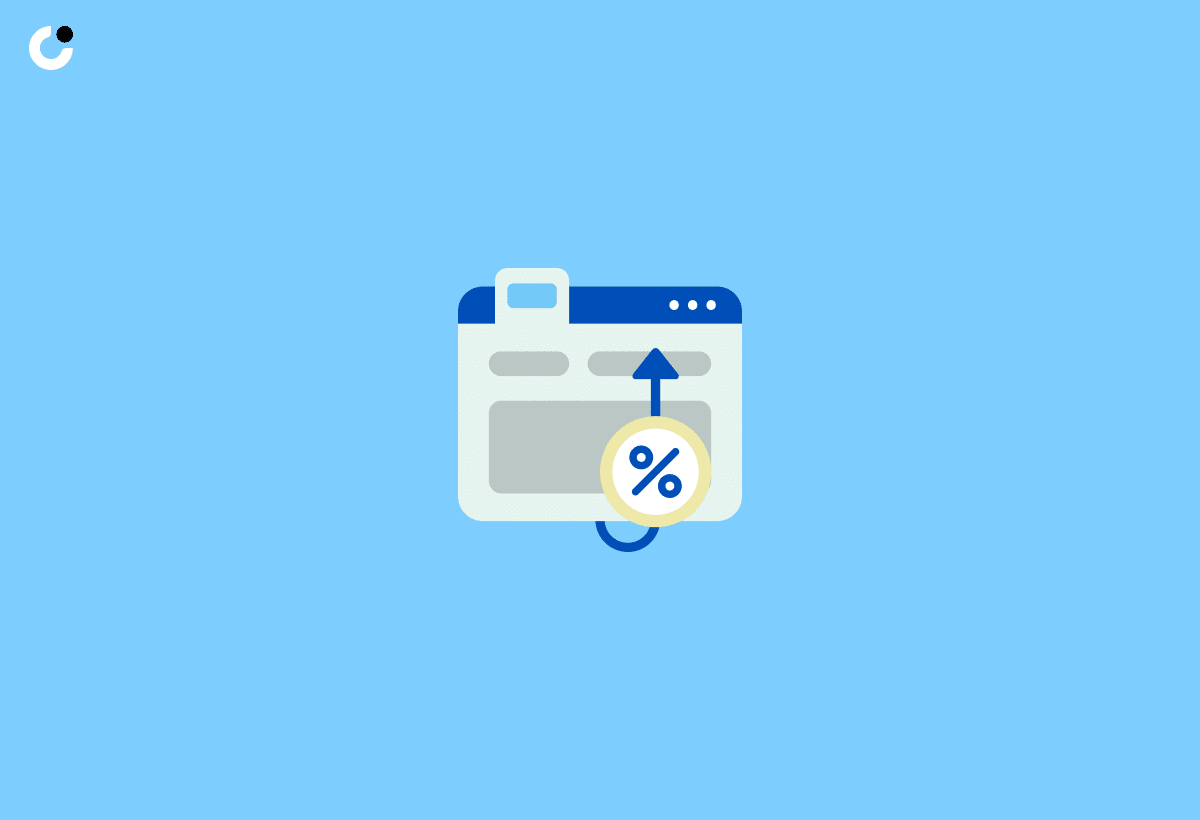
Follow-up emails play a significant role in increasing open and reply rates. In fact, longer follow-ups can prove to be more successful, with first and second follow-up emails increasing reply rates by 21% and 25%, respectively. The key is to strike the right balance between persistence and respecting the recipient’s time and inbox space.
To optimize your follow-up strategy, consider the timing and frequency of your emails, as well as the content and relevance of your follow-ups. Remember that persistence pays off - research shows that 80% of all sales occur after five follow-ups. So, don’t be discouraged if you don’t receive a response right away, and keep refining your follow-up strategy to maximize your chances of success.
Strategies for Boosting Cold Email Open Rates
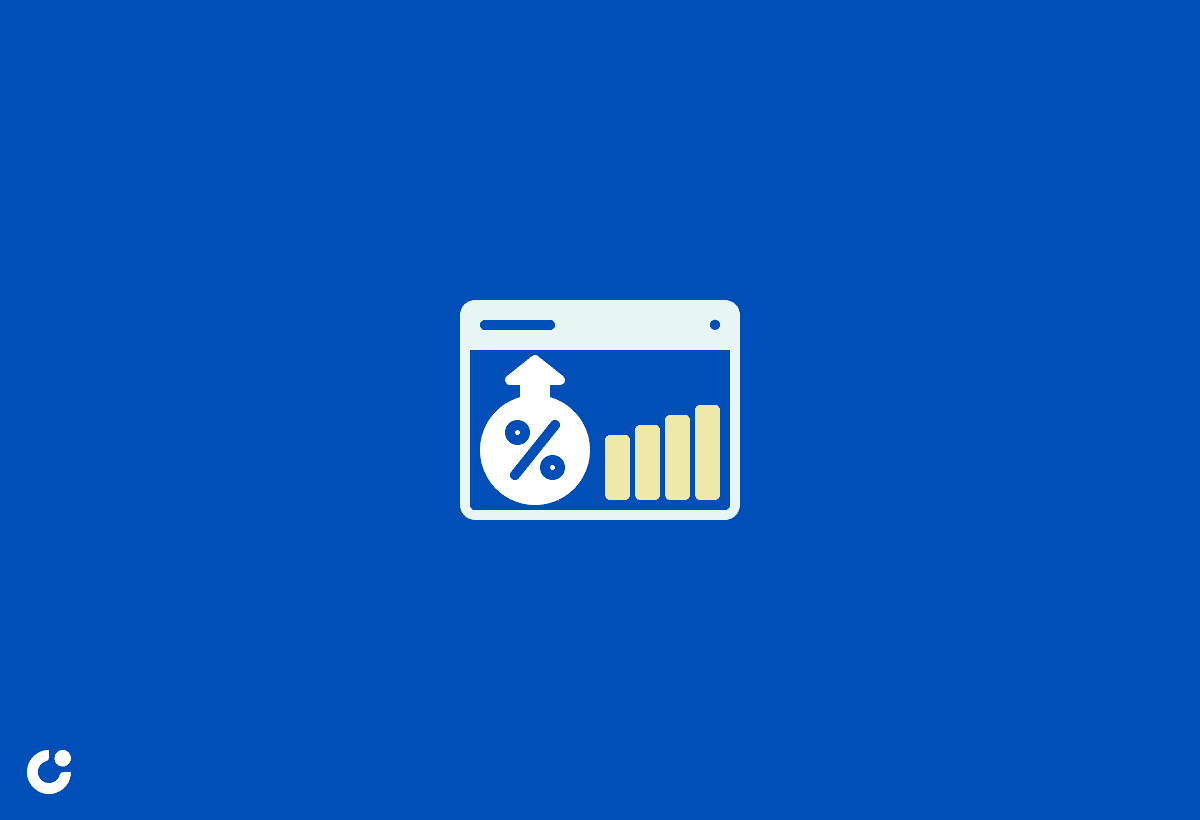
Armed with the knowledge of cold email open rates and trends, it’s time to explore actionable strategies to boost your open rates and improve the overall success of your campaigns. This section discusses personalizing email content, optimizing send times and days, and leveraging email warm-up tools to elevate your cold email game.
Personalizing email content

Personalization is a powerful strategy for increasing engagement and open rates. Tailoring your email content to meet the recipient’s needs and interests, you can make your message more relevant and appealing, resulting in a significant increase in response rates - up to 32.7%.
Effective personalization methods include incorporating the recipient’s name, referencing their industry, or mentioning a recent news article about their company. By taking the time to research and understand your recipient’s unique needs and pain points, you can craft emails that resonate with them and ultimately lead to higher open rates.
Optimizing send times and days

Timing is crucial when it comes to cold email open rates. Research suggests that the most effective days to send cold emails are Tuesdays, Wednesdays, and Thursdays, with the optimal time being between 6-9 am PST on Monday or Tuesday. Sending your emails strategically during these high-engagement windows, you can maximize your open rates and improve your chances of success.
However, it’s essential to remember that these are general guidelines, and your specific audience may have different preferences. Don’t be afraid to experiment with different send times and days to find the sweet spot that works best for your target audience and industry.
Utilizing email warm-up tools
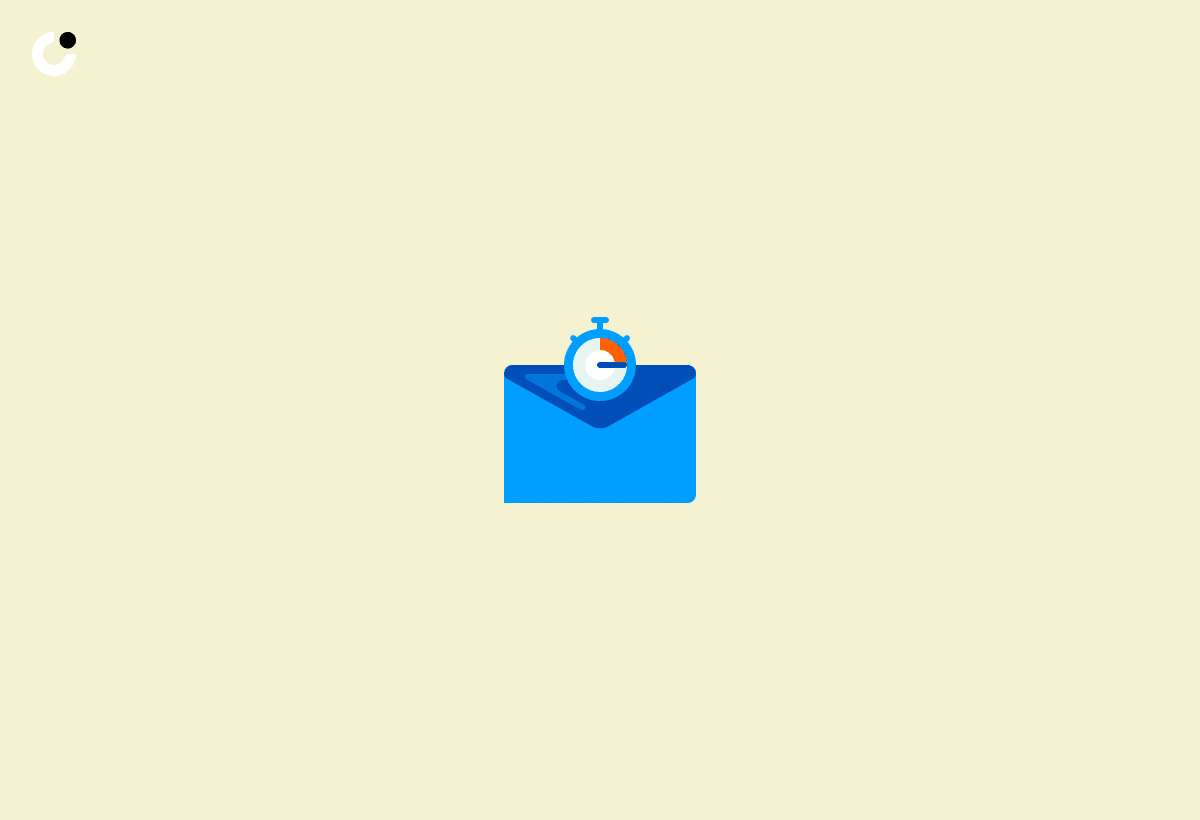
Email warm-up tools can be a game-changer when it comes to improving your cold email deliverability and open rates. These tools help to gradually build up your sender reputation with email providers, ensuring that your emails land in the recipient’s primary inbox rather than being lost in the spam folder or blocked altogether.
Popular email warm-up tools in 2024 include:
- TrulyInbox
- QuickMail Auto-Warmer
- Lemwarm by Lemlist
- Mailreach
- Folderly
- Warmbox
- Warmup Inbox
- Mailflow
- OctopusCRM
By incorporating these tools into your cold email strategy, you can significantly improve your email deliverability, increase your open rates, and ultimately, boost the overall success of your campaigns.
Overcoming Common Cold Email Challenges
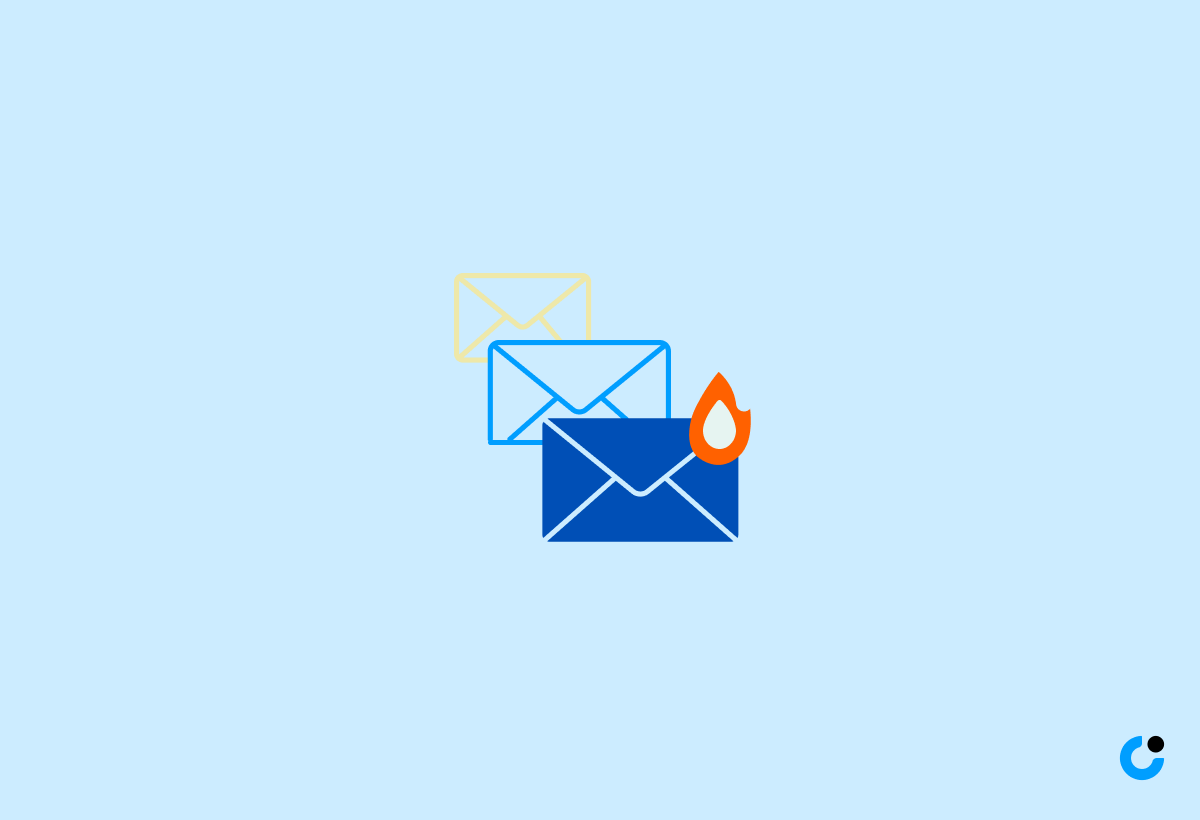
Cold emailing may seem like a simple task, but it comes with its fair share of challenges. From dealing with spam filters and managing bounce rates to tracking success, there are several obstacles that can hinder the effectiveness of your cold email outreach campaigns.
This section presents solutions to common cold email challenges, ensuring your cold emails reach their intended email recipients.
Dealing with spam filters
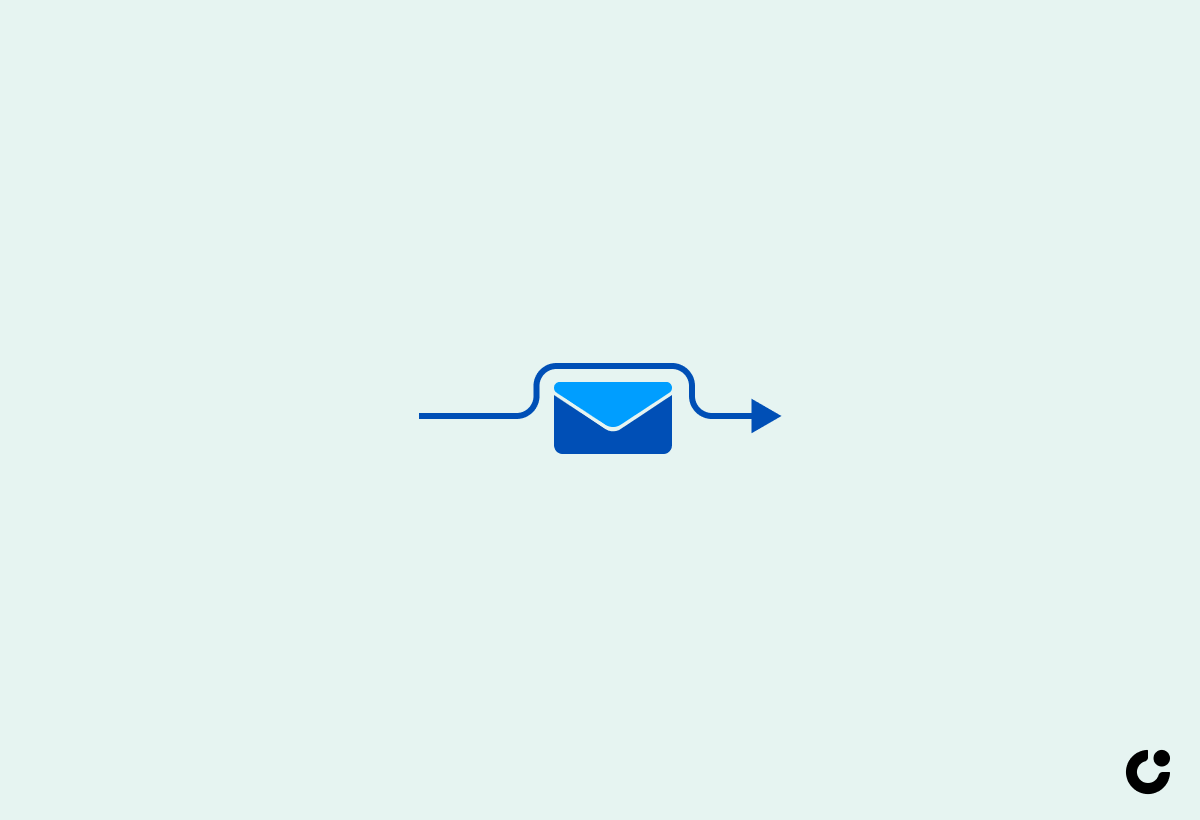
Spam filters are an ever-present challenge for cold email marketers. These filters work to protect recipients from unwanted emails, but they can also mistakenly block legitimate messages from reaching their intended recipients. Navigating the tricky world of spam filters, consider utilizing the following strategies:
- Use email warm-up tools to build your sender reputation
- Avoid using spammy words in your subject lines
- Ensure proper email authentication through SPF and DKIM protocols
By implementing these strategies, you can increase the chances of your emails reaching the inbox and avoid being flagged as spam.
Implementing these strategies can ensure your emails bypass spam filters and reach your target audience, ultimately increasing your open rates and the success of your cold email campaigns.
Managing bounce rates

Bounce rates can be a thorn in the side of any cold email marketer. A high bounce rate can negatively impact your sender reputation and deliverability, making it crucial to manage and minimize it. To keep your bounce rates in check, you can:
- Maintain a clean email list by verifying the validity of email addresses before sending your campaigns
- Segment your recipients to ensure you’re sending targeted and relevant content
- Monitor your email deliverability regularly
Staying vigilant and proactive in managing your bounce rates, you can protect your sender reputation and ensure that your cold emails reach their intended recipients, maximizing your chances of success.
Tracking and measuring success

Assessing and measuring success is crucial to evaluate the performance of your cold email campaigns and make informed decisions for optimal results. By focusing on key metrics such as open rates, reply rates, and click-through rates, you can gain valuable insights into what works and what doesn’t, allowing you to adapt your strategies accordingly.
When it comes to sending effective sales emails, utilizing tools and software like Woodpecker, QuickMail, Mailshake, ActiveCampaign, Klenty, Lemlist, Reply.io, Overloop, and Saleshandy can greatly improve your results.
to track and measure the success of your cold email campaigns. By regularly monitoring your campaign performance and making data-driven adjustments, you can continuously improve your cold email strategy and achieve better results in the long run.
Summary
Cold email open rates may seem like a mystery, but with the strategies and insights provided in this blog post, you’re now equipped to unlock their full potential. By focusing on crafting compelling subject lines, personalizing email content, optimizing send times and days, and using email warm-up tools, you can significantly boost your open rates and elevate your cold email campaigns to new heights. So go ahead, put these strategies into action, and watch your cold email success soar!
Frequently Asked Questions
What is a good open rate for cold email?
A good open rate for cold email outreach campaigns is 30% or higher. If you exceed 50%, your campaign can be considered very successful. Your open rate can help you set more realistic goals in the future.
What is the average open rate for cold emails 2024?
The average open rate for cold emails in 2024 is estimated to be around 36%, with a response rate of up to 7.8% for reaching out to 2–4 people from one company.
How do I increase open rates on cold emails?
Include relevant people in your email list, warm up your address, identify optimal times to send emails, write an attention-grabbing subject line, optimize who the email is from, avoid becoming spam, and offer real value with personalization to increase your cold email open rate.
What is the unsubscribe rate for cold emails?
The average unsubscribe rate for cold sales emails is 2.17%, according to QuickMail data.
How can I personalize my subject lines to improve open rates?
Personalize your subject lines to improve open rates by including the recipient's name, referencing their organization, alluding to a mutual acquaintance, or mentioning a unique detail about them.

